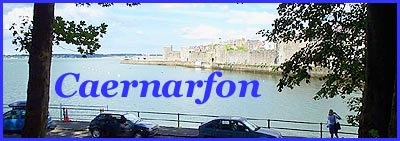
Princes And A Statesman
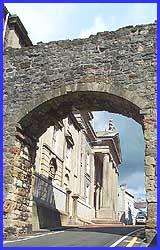 Like
its two near neighbours Conwy and Harlech, Caernarfon, a town
standing at the mouth of the Seiont river, has been classified
as a World Heritage Site. Like
its two near neighbours Conwy and Harlech, Caernarfon, a town
standing at the mouth of the Seiont river, has been classified
as a World Heritage Site.
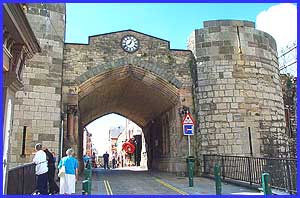 It
has a long history and the town is still surrounded by thirteenth
century walls and arches that provide a multitude of photographic
opportunities. It is perhaps more well known though for the magnificent
castle that stands by the busy quay side. It
has a long history and the town is still surrounded by thirteenth
century walls and arches that provide a multitude of photographic
opportunities. It is perhaps more well known though for the magnificent
castle that stands by the busy quay side.
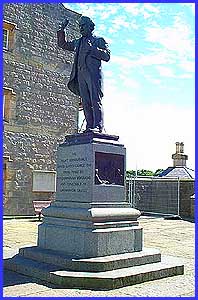 It
was here that Prince Charles was invested as Prince of Wales
in 1969 following in the footsteps of the future Edward VIII
who was also invested there in 1911. Before that, my normally
reliable sources proffer confusing and contradictory information. It
was here that Prince Charles was invested as Prince of Wales
in 1969 following in the footsteps of the future Edward VIII
who was also invested there in 1911. Before that, my normally
reliable sources proffer confusing and contradictory information.
Moorland Publishing's "Guide to North Wales"
states Edward II was invested as the first Prince Of Wales after
his birth there in 1284 but the Snowdonia Tourist Guide advises
that Llywelyn ap Gruffydd became Prince of Wales in 1267. I suppose
it depends on whether your allegiance lies with England or the
Principality. Ya pays ya money 'n takes ya choice!
There is surely no argument though about the man regarded by
many as "The greatest British Statesman of the twentieth
century" - David Lloyd George. A monument (see right)
in his honour stands just outside the famous castle (below) and
that Snowdonia Guide lists just four of his achievements. He
gave us the pension, founded the Welfare State, won the Great
War and gave women the vote. No wonder Caernarfon is a World
Heritage Site.
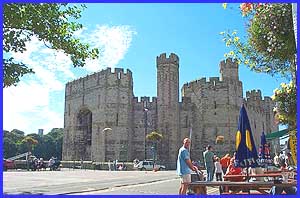 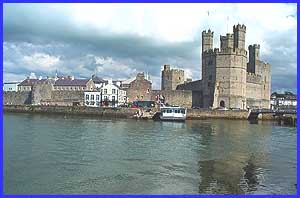
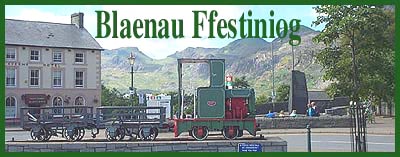
Snowdonia's Slate City
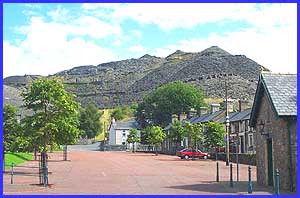 Once
excluded from the National Park because it was considered to
be a blot on the landscape, Blaenau Ffestiniog is now a popular
tourist centre making the most of its heritage right in the heart
of Snowdonia. Home to a thriving slate quarrying industry not
so many years ago, the town is still dwarfed on all sides by
reminders of bygone days. Once
excluded from the National Park because it was considered to
be a blot on the landscape, Blaenau Ffestiniog is now a popular
tourist centre making the most of its heritage right in the heart
of Snowdonia. Home to a thriving slate quarrying industry not
so many years ago, the town is still dwarfed on all sides by
reminders of bygone days.
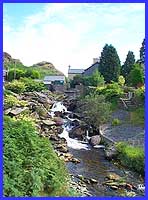 But
this is no longer a dirty, industrial area although it is still
possible to tour the old slate quarries and visit museums to
learn of its history. But
this is no longer a dirty, industrial area although it is still
possible to tour the old slate quarries and visit museums to
learn of its history.
The dust has now settled but there are reminders
of slate everywhere. From the tiles on the cottages to the shops
and visitor centres selling slate souvenirs to the many visitors,
the town to its credit, has come out of the dark ages and is
truly an integral part of the National Park. Another attraction
for the tourist is the Ffestiniog Railway - one of the "Great
Little Trains Of Wales" - on which steam engines pull carriages
over thirteen miles through the spectacular scenery to Porthmadog.
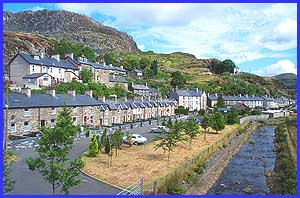
Just a few miles from Blaenau Ffestiniog is the village of Tan-y-Grisiau
(left) and here too, slate roofs are prominent in the architecture.
There is also another Visitor's Centre, this one at the Stwlan
Dam. For the more energetic - there are over 300 steps to negotiate
- tours of the first major pumped storage/hydro electric power
station in the UK (below left) may be undertaken. The less energetic
can just admire the scenery (below right) typical of this part
of Wales.
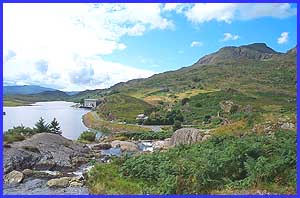 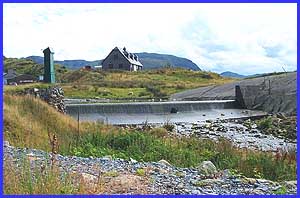
|


 Like
its two near neighbours Conwy and Harlech, Caernarfon, a town
standing at the mouth of the Seiont river, has been classified
as a World Heritage Site.
Like
its two near neighbours Conwy and Harlech, Caernarfon, a town
standing at the mouth of the Seiont river, has been classified
as a World Heritage Site. It
has a long history and the town is still surrounded by thirteenth
century walls and arches that provide a multitude of photographic
opportunities. It is perhaps more well known though for the magnificent
castle that stands by the busy quay side.
It
has a long history and the town is still surrounded by thirteenth
century walls and arches that provide a multitude of photographic
opportunities. It is perhaps more well known though for the magnificent
castle that stands by the busy quay side. It
was here that Prince Charles was invested as Prince of Wales
in 1969 following in the footsteps of the future Edward VIII
who was also invested there in 1911. Before that, my normally
reliable sources proffer confusing and contradictory information.
It
was here that Prince Charles was invested as Prince of Wales
in 1969 following in the footsteps of the future Edward VIII
who was also invested there in 1911. Before that, my normally
reliable sources proffer confusing and contradictory information.


 Once
excluded from the National Park because it was considered to
be a blot on the landscape, Blaenau Ffestiniog is now a popular
tourist centre making the most of its heritage right in the heart
of Snowdonia. Home to a thriving slate quarrying industry not
so many years ago, the town is still dwarfed on all sides by
reminders of bygone days.
Once
excluded from the National Park because it was considered to
be a blot on the landscape, Blaenau Ffestiniog is now a popular
tourist centre making the most of its heritage right in the heart
of Snowdonia. Home to a thriving slate quarrying industry not
so many years ago, the town is still dwarfed on all sides by
reminders of bygone days. But
this is no longer a dirty, industrial area although it is still
possible to tour the old slate quarries and visit museums to
learn of its history.
But
this is no longer a dirty, industrial area although it is still
possible to tour the old slate quarries and visit museums to
learn of its history.

